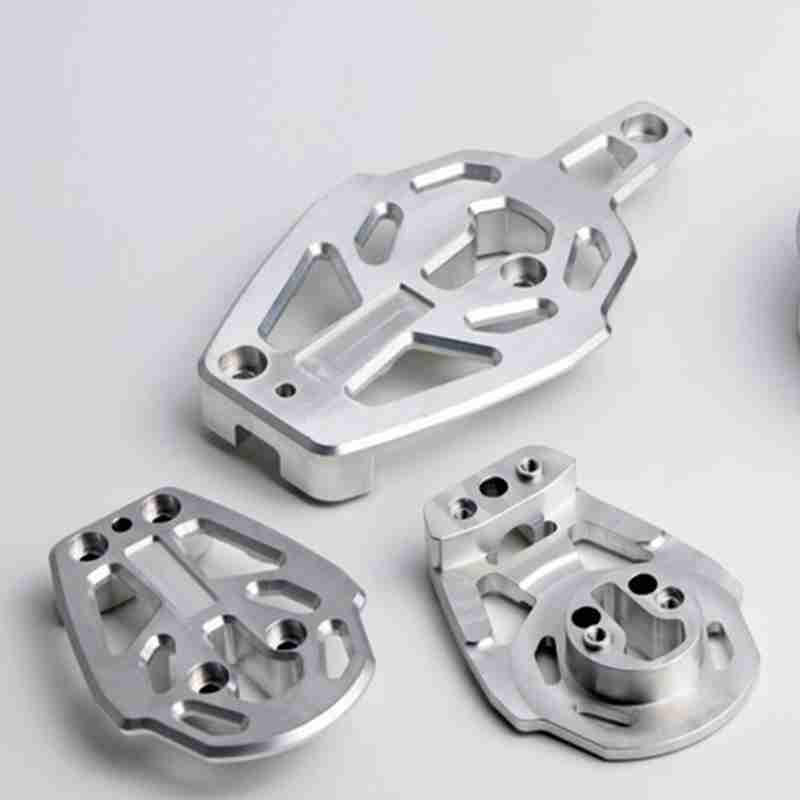Aluminum alloys are versatile metals that are commonly used in the automotive, aerospace, electronic, structural, and transportation industries. Out of the different types of aluminum alloys, 6061-T6 and 7075-T651 are the commonly used grades. These alloys usually come with the letters “T6” or “T651” attached, which might be confusing if you’re not familiar with them. This blog post will help you understand the meaning of T6 and T651 and how they affect the properties of aluminum alloys for your specific application needs.

Aluminum T6 temper means that the alloy is solution heat-treated and artificially aged. This process involves heating the material above its recrystallization temperature. This results in the alloy becoming more ductile and malleable in a relaxed state, making it easier to form and shape in the manufacturing process.
Aluminum T651 temper, on the other hand, involves solution heat treatment and stress-relieving before aging. It is a stress-relieved version of T6 temper, which means the material will be more reliable under the pressure of constant stress.
Aluminum 6061-T6 offers excellent machinability with minimal tool wear. It is also well-suited for outdoor structures, automotive components, aircraft parts, and marine equipment. Aluminum 7075-T651, with its excellent strength-to-weight ratio, is a popular choice for aerospace and structural applications.
T6 temper alloys are well-suited for general engineering and outdoor structures, while T651 temper is ideal for high-stress applications with constant loading, such as aerospace structures.
Conclusion:
In conclusion, understanding the significance of T6 and T651 temper is critical to choosing the right aluminum alloy for your specific needs. Whether you are selecting an aluminum alloy for aerospace, automotive, structural, or transportation purposes, it is essential to understand the properties and advantages of these alloys. By keeping best practices in mind, you can maximize your aluminum alloys’ performance and lifespan, ensuring that your investment yields positive results.